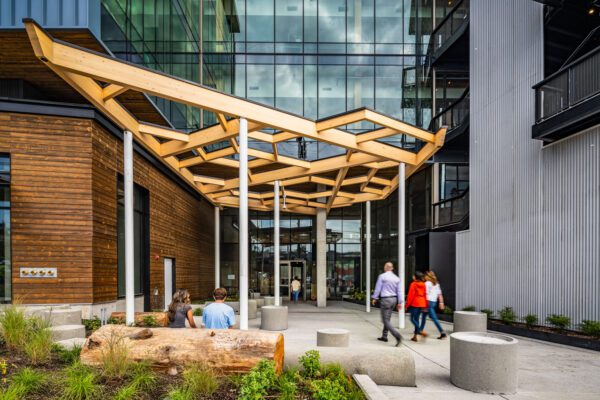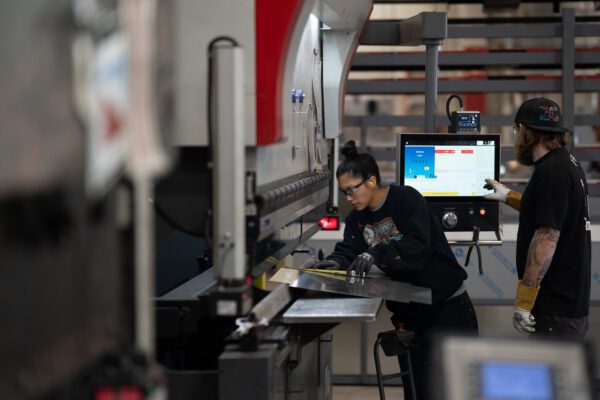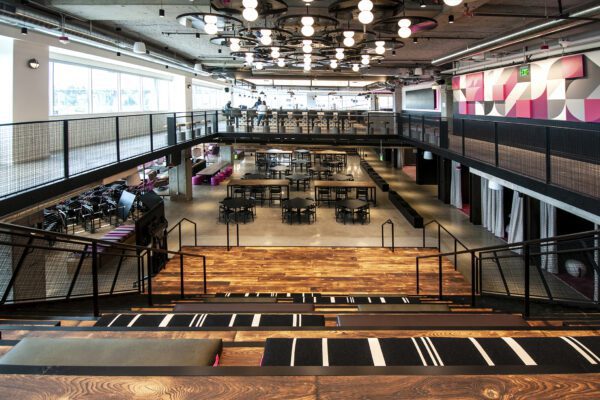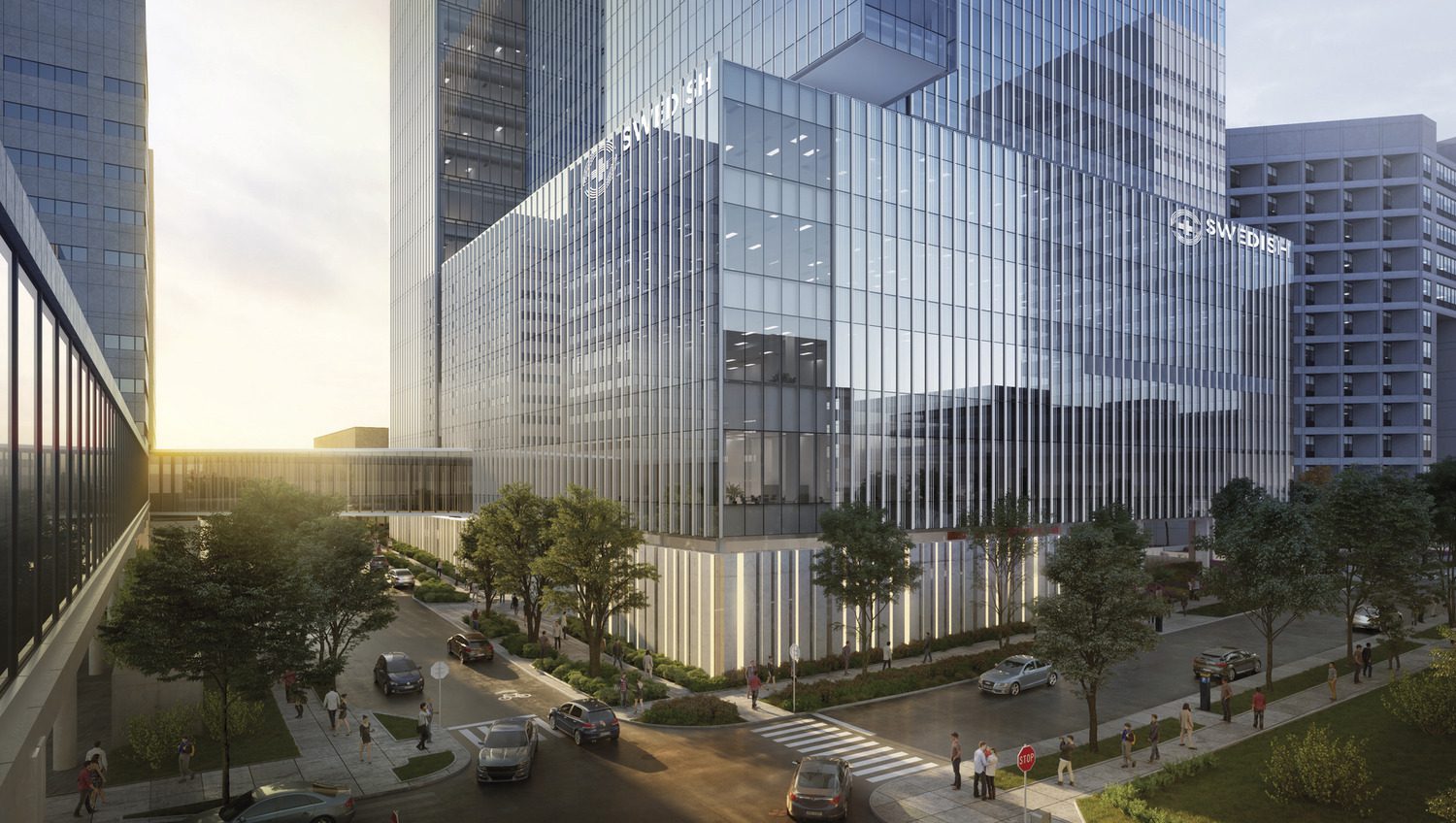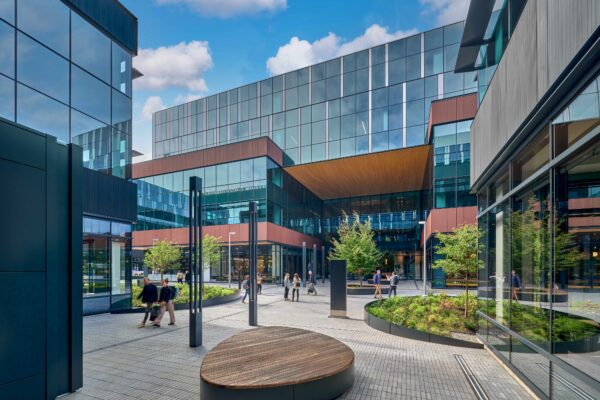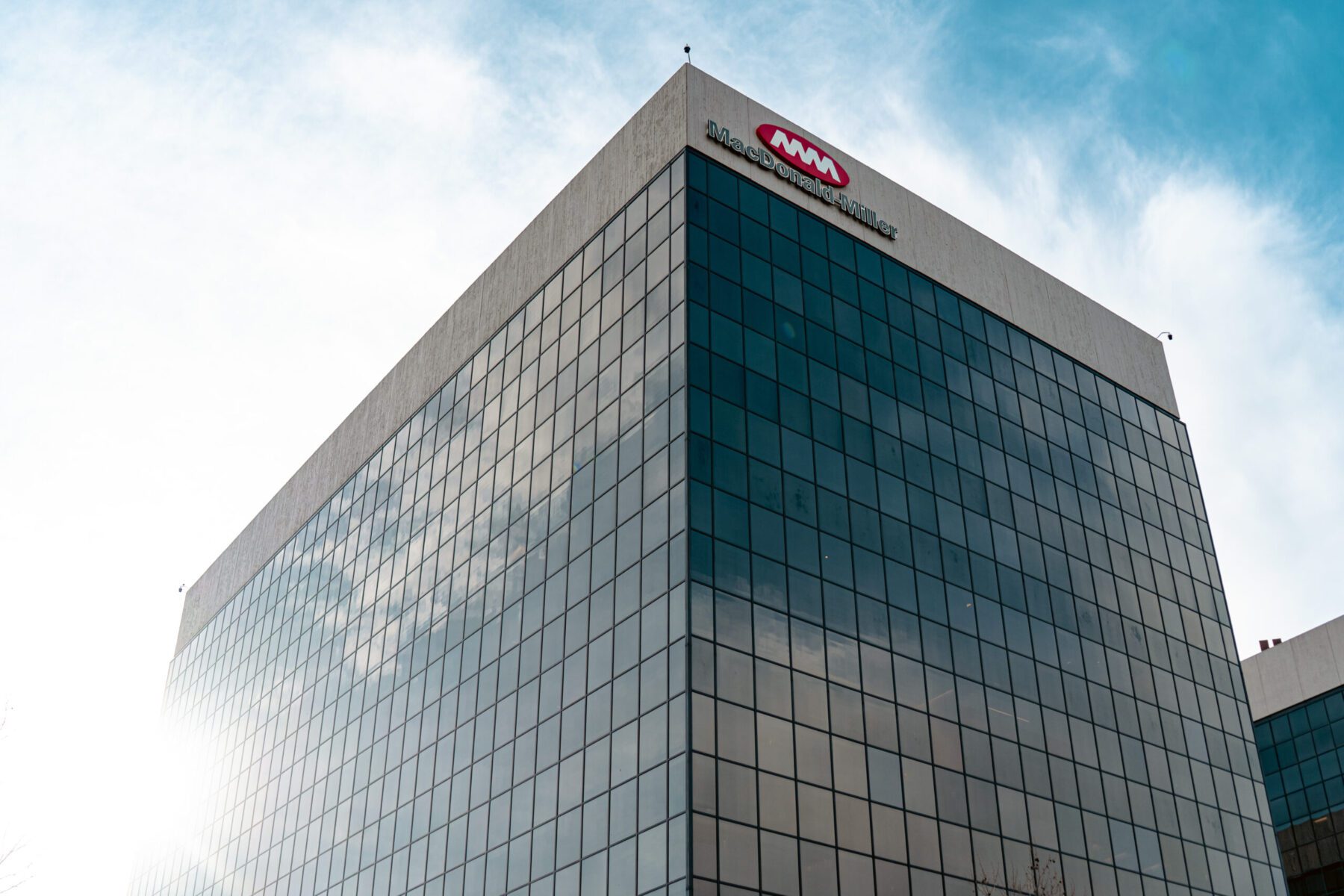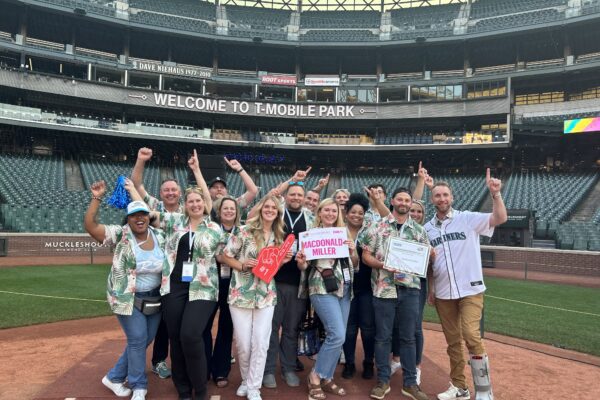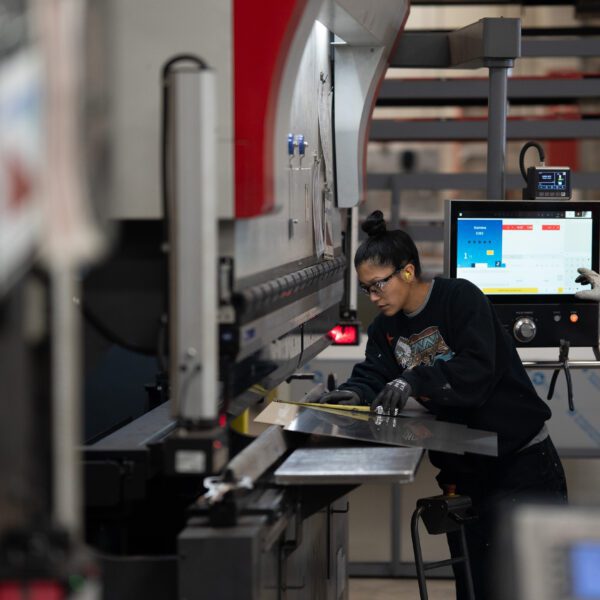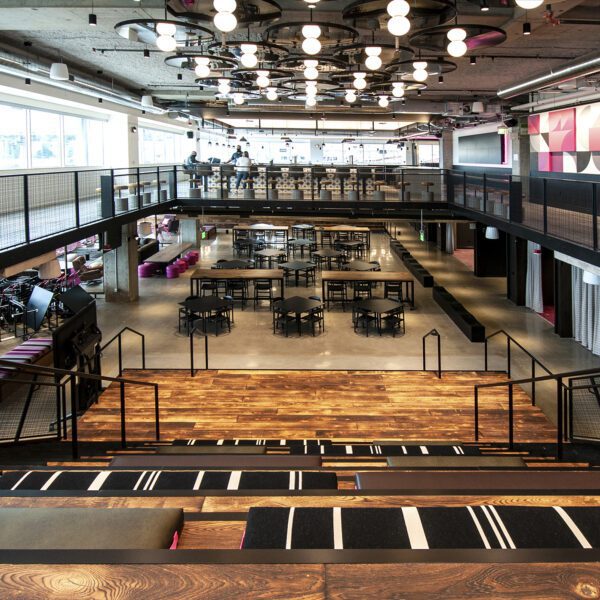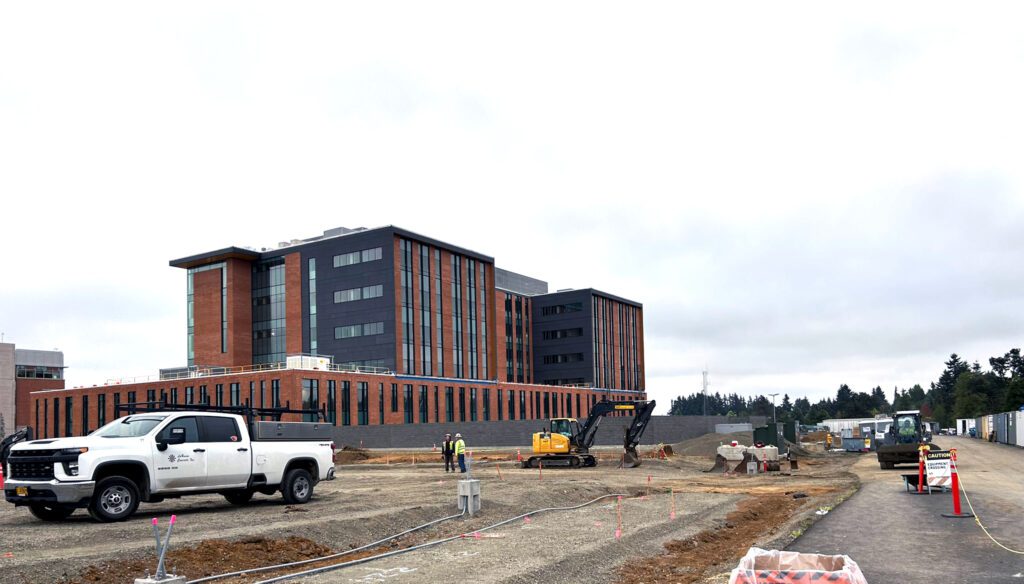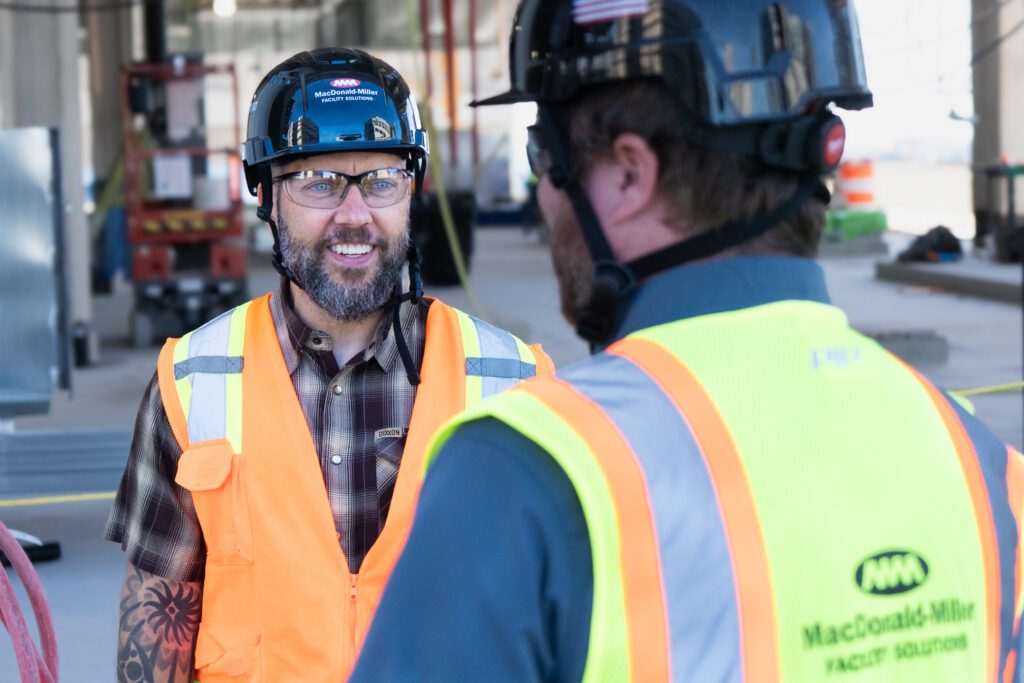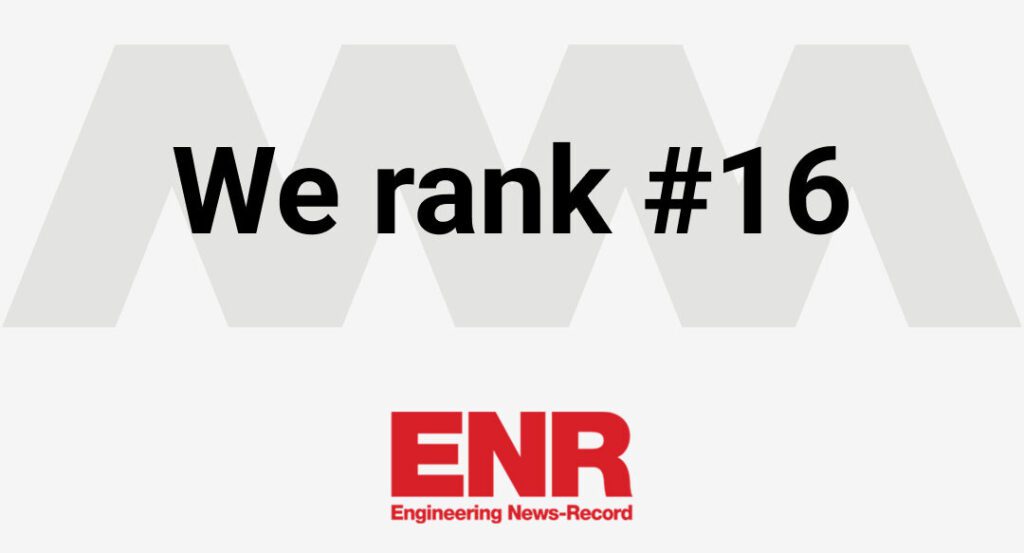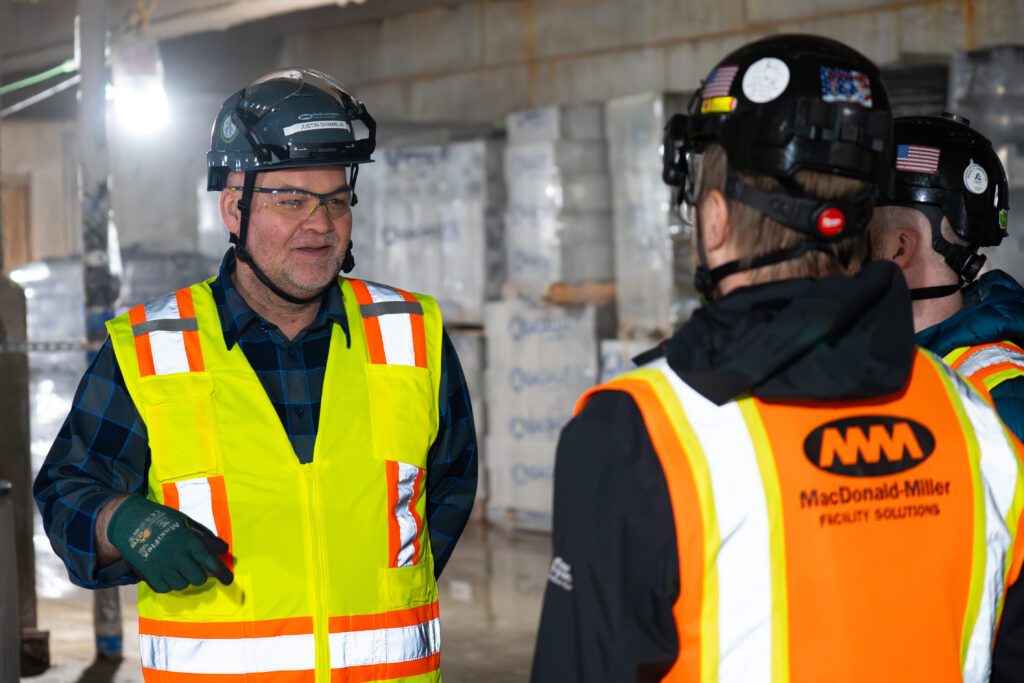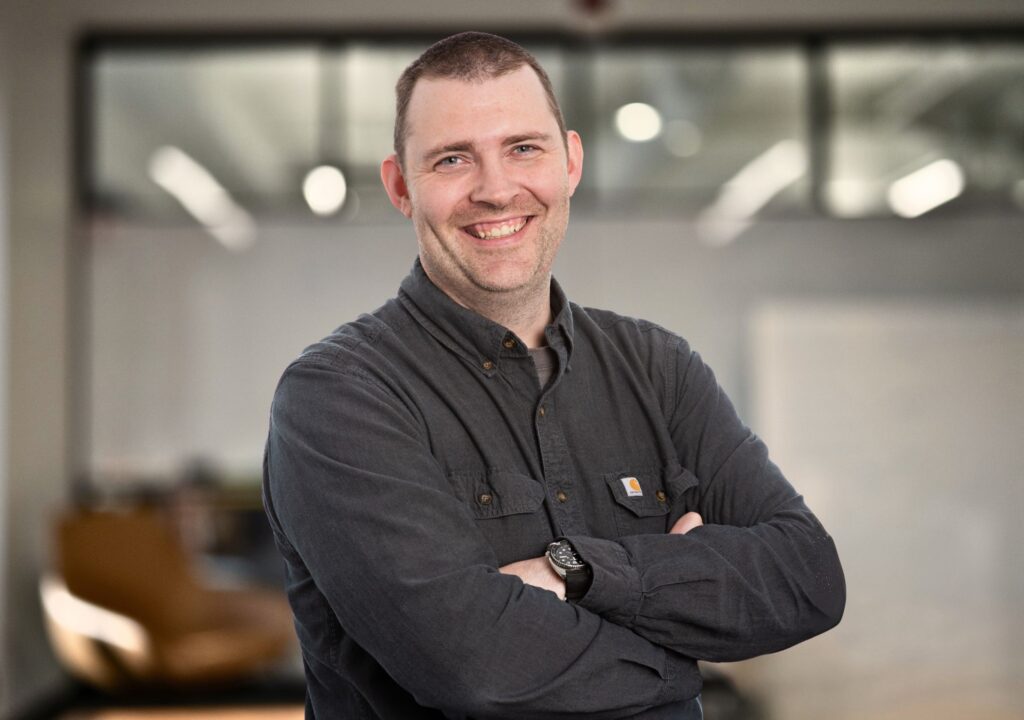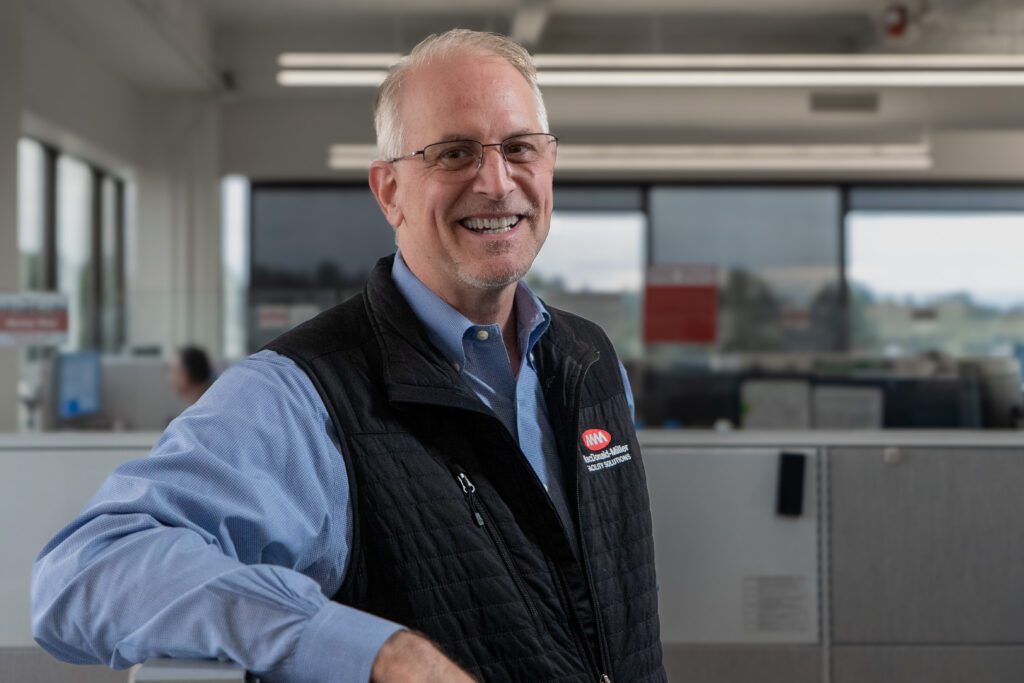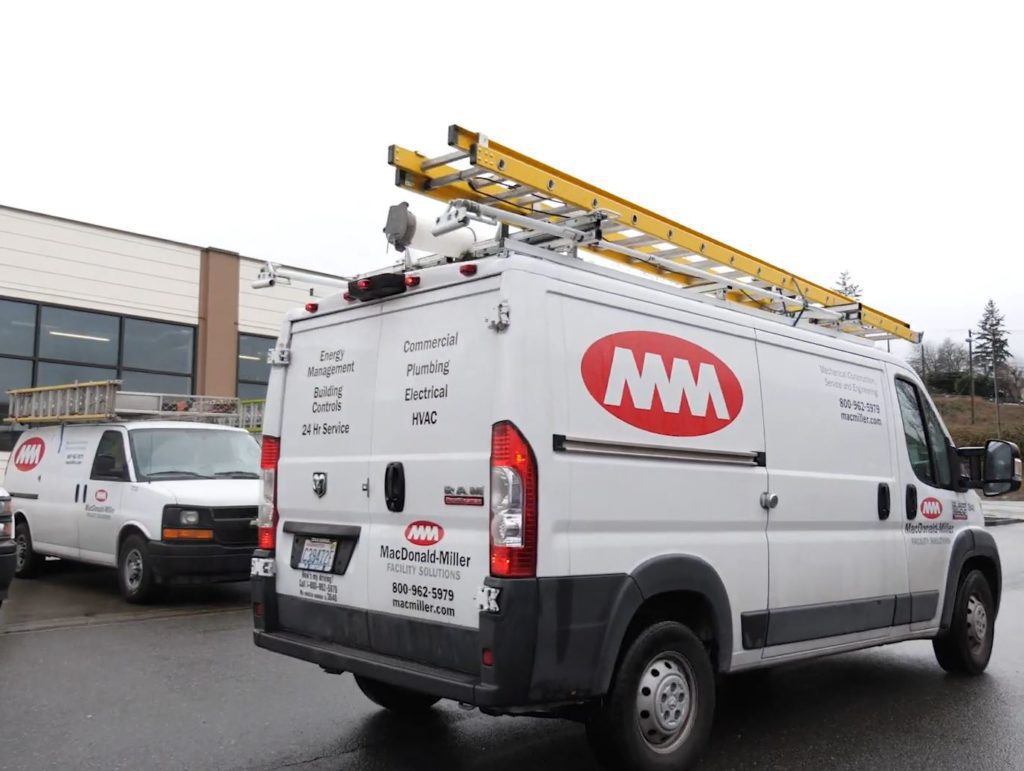Q: Can you share a bit about what drew you to this industry and your path to the MacDonald-Miller Healthcare team?
My initial path in school was oriented towards medicine. I went to the University of Washington thinking I would become a doctor, but I ended up transitioning into construction management. I ultimately realized healthcare and construction were a great combination for me because my mom managed a lab at Overlake, and my dad was a construction mobile crane operator.
My very first job as an intern was working on a hyperbaric chamber at Virginia Mason, which was early exposure to the unique challenges of healthcare. For the next few years, I worked on downtown residential and office towers. Though the scale of projects were impressive, I missed the connection of working in hospitals.
Eventually, I transitioned to UW Medical Center for a very intensive project spanning four plus years. We built out shelled floors, moved services, and modernized several departments. That’s really where I found my fit and passion for healthcare. The sheer number of layers involved in healthcare, and the number of people you must be responsible for and responsible to, makes it unlike anything else I’ve experienced in construction. It’s definitely a challenge worthy of spending your time on.
Q: Healthcare facilities are known for having complex systems packed into limited space. How does MacDonald-Miller address constructability challenges in this highly dense environment?
Above ceiling free-space is absolutely a premium in healthcare, especially when going up in a tower where minimizing overhead height is key to maximizing usable square footage.
We always try to approach the project from a global perspective as if we are the owner/operator maintaining the building in the future. This enables us to think big, while still being practical. Our goal is to find solutions for the entire building that maximize utility distribution within the available space. From a constructability standpoint, we are often called upon to lead the detailing effort due to the systems we’re responsible for taking up the most room, which has led to us being well versed in working collaboratively with other trades like electricians, fire protection, and others.
